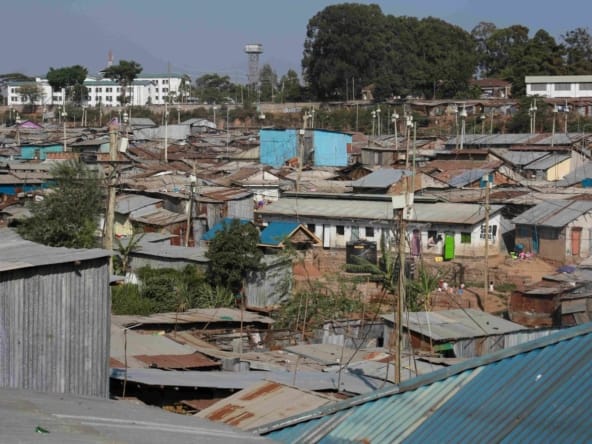Introduction
Turquoise waters. Carved wooden doors. Whispering palm trees. Welcome to Kenya’s coast—a magical place where the ocean breeze meets centuries of culture. But this isn’t just about beach vacations. Coastal Kenya, especially areas like Lamu, Malindi, and Mombasa, is a living museum of Swahili culture—and that legacy is deeply woven into the region’s real estate.
This second installment in our quest to Write 10 articles about Real estate in Kenya based on Culture & Lifestyle explores how Swahili history, design, and traditions are shaping the homes and lifestyles found along Kenya’s magical coastline.
What Makes Swahili Culture So Unique?
A Blend of Worlds
The Swahili culture is a rich mix of African, Arab, Persian, and Indian influences, formed over centuries of trade along the Indian Ocean. The result? A people and architecture that feel both familiar and foreign—deeply rooted in tradition yet effortlessly timeless.
Swahili values like hospitality, modesty, and family are reflected not just in language and food—but in the way homes are built and lived in.
Architectural Elegance: More Than Just Aesthetic
The Swahili Home
Ever seen a Swahili house up close? They’re not your average three-bedroom bungalows. These structures are poetry in stone and wood, often featuring:
-
Coral stone walls—naturally cooling and historic.
-
Mashrabiyya-style windows—for privacy and airflow.
-
Zanzibar doors—massive, hand-carved masterpieces with Islamic motifs.
-
Inner courtyards—spaces for family, prayer, and rest.
-
Makuti roofs—woven palm thatch that dances with the breeze.
These aren’t just pretty features—they reflect a culture that values privacy, beauty, and nature in harmony.
Real Estate by the Sea: Who’s Buying In?
The Quiet Boom in Coastal Property
More and more, both locals and foreigners are investing in Kenya’s coast—not just for holiday homes, but for permanent or retirement living. Why?
-
Affordable beachfront land (especially compared to Europe or the U.S.)
-
Peaceful lifestyle steeped in tradition
-
Growing infrastructure (think airports in Malindi and Ukunda)
-
Swahili charm—you just can’t find this architecture anywhere else
Developments in places like Kilifi and Watamu are even blending modern villas with Swahili design—creating a new hybrid aesthetic that’s as Instagram-worthy as it is culturally authentic.
Coastal Living as a Lifestyle Statement
The Slow Life, Swahili-Style
Life on the coast moves at its own rhythm—slow, intentional, soulful. For many buyers, that’s the whole point.
Swahili-inspired homes are often designed with lifestyle in mind:
-
Open terraces for coastal breezes
-
Indoor-outdoor flow for nature lovers
-
Spaces for storytelling, tea-drinking, and family meals
It’s about living fully, not fast. Even in luxury developments, there’s a reverence for culture—whether through a dhow-shaped infinity pool or a courtyard with baobab trees.
Cultural Heritage Meets Modern Design
A New Generation of Designers and Developers
Young Kenyan architects are bringing fresh eyes to traditional Swahili style. Instead of copying the past, they’re reimagining it. You’ll now find:
-
Smart homes with coral stone cladding
-
Eco-villas with solar panels hidden under makuti roofs
-
Minimalist interiors with Swahili art as the centerpiece
There’s even growing demand for restorations of old Swahili homes, especially in Lamu, where cultural preservation is a key part of real estate.
Challenges in Coastal Property Development
Culture, Conservation, and Climate
While the opportunities are plenty, coastal real estate comes with its own set of challenges:
-
Environmental regulations protect the fragile shoreline and mangroves.
-
Cultural sensitivities require developers to honor local traditions.
-
Heritage site laws (especially in Lamu) limit what can be altered or demolished.
It’s not just about profit—it’s about respect. Real estate here isn’t just development—it’s stewardship.
Cultural Touchstones in Every Room
Decor with Deep Roots
Even the interiors in Swahili homes tell a story. Common features include:
-
Bajuni beds—wooden daybeds with ornate carvings
-
Tinga-tinga paintings—bright, whimsical storytelling art
-
Kikapu baskets—woven decor with practical uses
-
Brass lanterns—for a soft, golden evening glow
This isn’t Pinterest-style minimalism—it’s rich, warm, and alive.
FAQs: Swahili-Inspired Real Estate
Q: Is it expensive to build a Swahili-style home?
It depends. Traditional materials like coral stone can be costly, but modern Swahili-inspired designs can use affordable alternatives while keeping the look.
Q: Can non-locals buy land at the coast?
Yes, but with legal guidelines. Leaseholds are common for foreigners, and working with a local lawyer is crucial.
Q: What’s the best area for authentic Swahili architecture?
Lamu is top of the list, but parts of Old Town Mombasa and Shela also shine.
Conclusion
Swahili culture isn’t frozen in time—it’s living, breathing, and evolving. And nowhere is that more evident than in the real estate of coastal Kenya. These homes aren’t just structures—they’re soul. From the dhows that brought spices and stories, to the doorways carved with history, the Swahili coast is where heritage meets the horizon.





